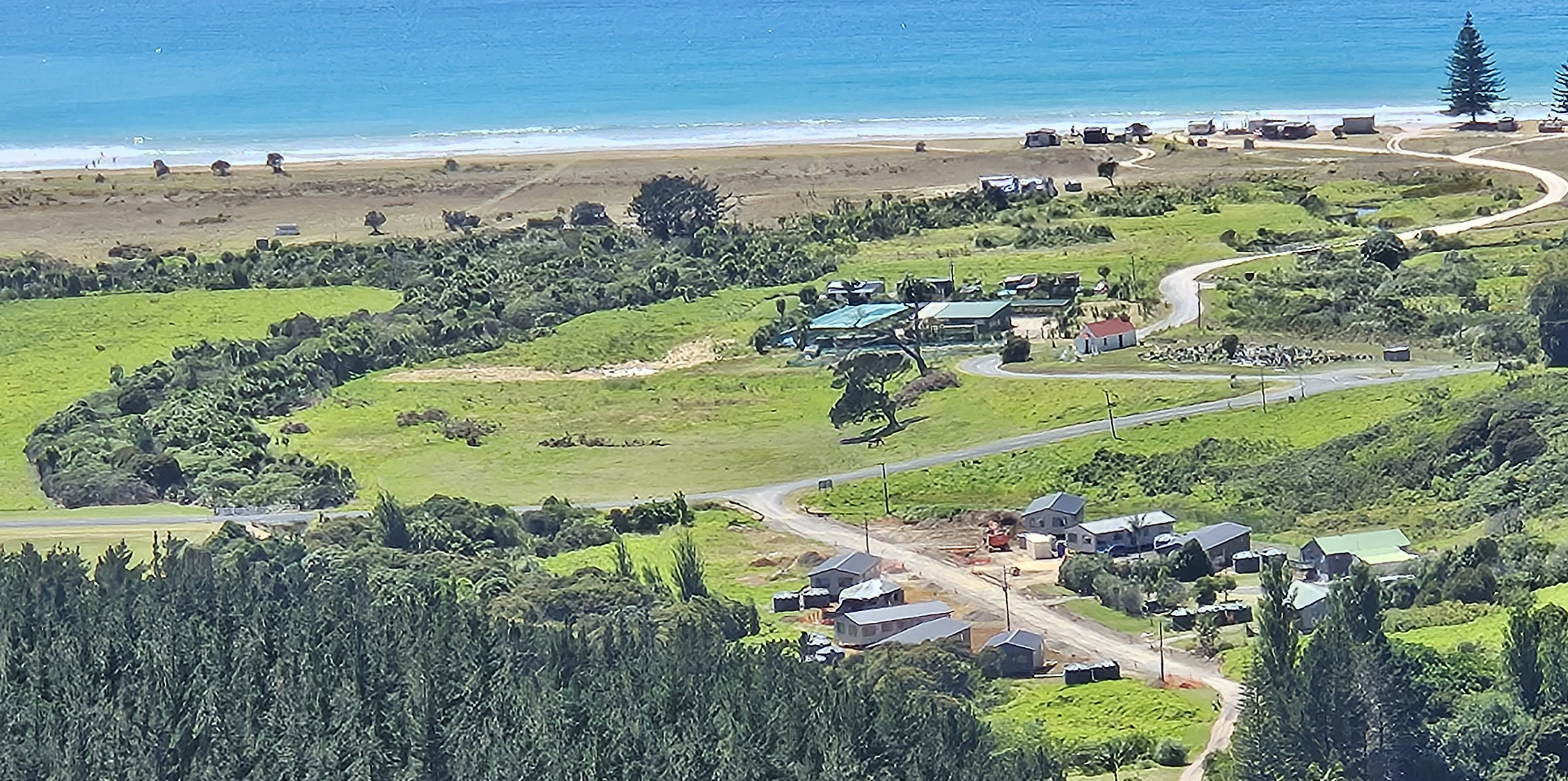Rating of Māori Freehold Land

Māori Land is land which is subject to the Te Ture Whenua Māori Act 1993 . It is also land that is registered at the Māori Land Court. Not all Māori Land (such as Māori Customary Land), has a certificate of title which means that is “it” cannot be searched at the Land Transfer Office. If it does have a title, it will have a memorial registered on it stating that it is Māori Freehold Land. If the status has been changed recently by the Māori Land Court, the change may not have been registered on the title. It is worth checking with the Māori Land Court and also the Māori Land Online GIS database if it is important to know the status.
Rating of Māori Freehold Land
Approximately 13% of the Far North District’s rating database is Māori Freehold Land. Whenua Māori is a taonga tuku iho – a treasure – to be passed on through the generations. Connection to, use and development of whenua Māori can sustain whānau and strengthen identity and belonging.
What’s New
In April 2021, the government passed changes to legislation and introduced the Local Government (Rating of Whenua Māori) Amendment Act 2021. Some of the changes came in to effect in April 2021, with the remainder in July 2021. The key objectives of the Act are to:
- Support the development of whenua Māori
- Support the development of housing on whenua Māori; and
- Modernise rating legislation affecting whenua Māori.
Some of those changes also meant amendment to the Local Government (Rating) Act 2002.
Key changes
The new legislation provides the ability to:
- Make wholly unused whenua Māori non-rateable
- Write-off of rates arrears
- Standardise rates remissions on whenua Māori under development
- Make Ngā Whenua Rāhui kawenata land to be non-rateable (and outstanding rates arrears written off)
- Treat multiple blocks from the same parent block as one rating unit
- Rate individual homeowners on whenua Māori separately.
Other changes
A range of other changes have been made which include:
- Providing protection to whenua Māori converted to general land by the Māori Affairs Amendment Act 1967 from being sold as “abandoned land sales”
- Removing the 2-hectare limit on the non-rateability for marae and urupā
- Extending the non-rateability for marae on all kinds of land (not just those on a Māori reservation)
- Clarifying the obligations on Trustees to declare income received from land if requested to work out rates liability
- Clarifying that homes on Māori reservations are liable for rates
- Referencing the principles of Te Ture Whenua Māori Act 1993 in local government rating legislation to signal the intent of the changes.
If you have specific enquiries on changes to the legislation and how it relates to your whenua Māori, please contact us via 0800-920-029 or online via our MyFNDC portal
Rating Relief
Council recognises the complexities of Māori Freehold Land ownership, especially when there are multiple owners or it is without a management structure in place. Due to the nature of the ownership structure, or its location/isolation, or for other reasons; it can be a challenge for owners to develop or reside on their whenua.
Section 108 of the Local Government Act 2002 requires all Councils to introduce policies for the remission and postponement of rates on Māori Freehold Land. In compliance with the Act and in recognition that the nature of Māori Freehold Land is different to General land, the Far North District Council has remission policies to help deal with these matters.
Rating Relief Policies
In tandem with the 2021 legislation changes, Far North District Council has policies in place to support whenua Māori landowners.
- Policy ML21/01: deals with the remission of rates on unused/unoccupied Māori freehold land;
- Policy ML21/02: deals with the remission of rates on Maori freehold land used for the purposes of Papakāinga or other housing purposes subject to occupation licenses or other informal arrangements.
These two policies have an application form for those whenua Māori landowners who wish to apply.
Enabling Housing Development
The policy, Enabling Housing Development on Māori Freehold Land - R23/15, provides standardised rates remissions on whenua Māori under development on a sliding scale for a term of eight years. Each development needs to be applied for in writing and would need to meet the criteria set for remission.
Conditions and criteria are:
1. Council will remit rates under this policy on an eight-year sliding scale, as follows. Remission will apply from 1 July in the year of application:
- Years 1 - 3 - 100% remitted
- Years 4 - 5- 75% remitted
- Year 6 - 50% remitted
- Year 7 - 25% remitted
- Year 8 - 0% remitted
2. The land, or portion of the land, for which relief is sought must be considered suitable for development and apply and be granted a resource consent.
3. Applications must apply for and be granted a building consent and a code of compliance certificate upon completion.
4. Notification of the above consents and certifications must be made to the Council rates team to ensure the continuation of the remission.
5. A meeting with Council staff will be required to determine any other necessary documentation.
6. Key considerations by Council will include: a. Suitable professional advice has been obtained. b. Appropriate financial arrangements for the development of the land have been made.
7. Each application will be submitted to Council for review and assessment. The decision of Council to approve or not approve is final.
8. If the development on which the remission is based does not proceed or is unable to meet the requirements to be compliant with the Resource Management Act 1991 and the Building Act 2004, the remission will cease at the end of the rating year in which this is identified
Rates remission for Māori Freehold Land
For a copy of Far North District Council’s Rating Relief Policies in full, click here.

